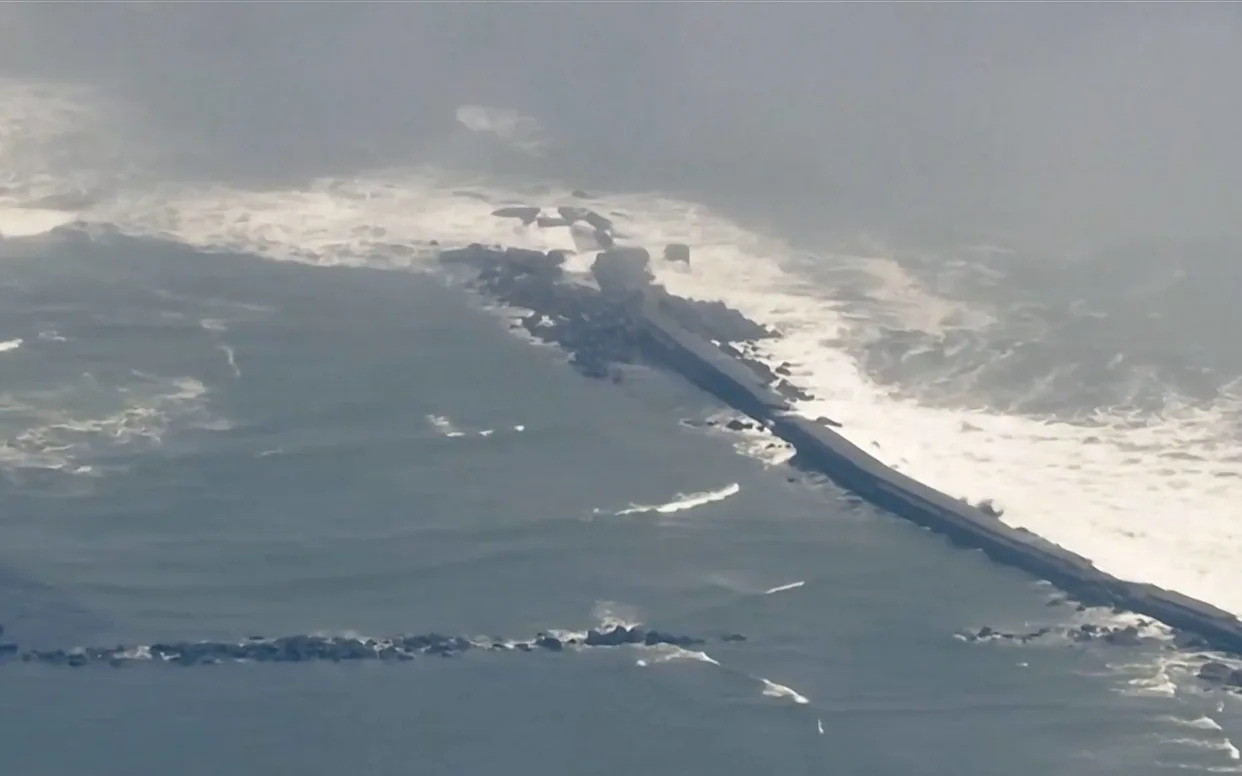
The Kamchatka Peninsula earthquake may not have brought the same devastation as previous shocks, but a far more deadly seismic event is looming for the US West Coast.
A major 600-mile-long fault line known as the Cascadia Subduction Zone runs from northern Vancouver Island in Canada to Cape Mendocino in northern California.
Scientists have predicted there is a 15 per cent chance of a major earthquake there in the next 50 years, which could bring a mega-tsunami hundreds of feet high to US coastlines.
A study from Virginia Tech in April showed an earthquake of force eight or above could cause coastal land to sink 6.5 feet within minutes, devastating cities such as Seattle and Portland and flooding hundreds of miles of roadway, airports, schools, hospitals and power plants.
Researchers determined that the most severe effects would hit densely populated areas in northern California, southern Washington and northern Oregon.
Like the Kamchatka quake, the Cascadia fault line lies in the “Pacific Ring of Fire” – a 25,000-mile horseshoe of 452 volcanoes which stretches from the southern tip of South America, along the coast of North America, across the Bering Strait, Japan and New Zealand.
The ring produces around 90 per cent of the world’s earthquakes.
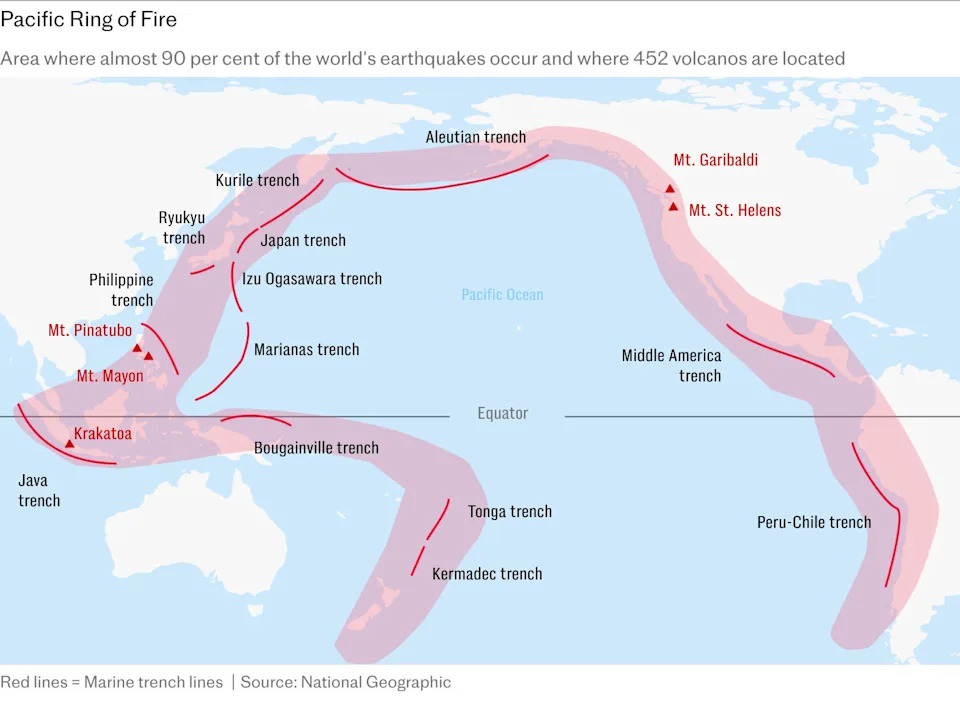
Bill McGuire, the Professor Emeritus of Geophysical & Climate Hazards at University College London, said: “Along with many active volcanoes, great earthquakes are a feature of the so-called Ring of Fire, each one releasing strain that has accumulated over centuries, as an over-riding tectonic plate snags on the one below, and eventually lets go.”
Earthquakes only rarely cause mass devastation because they tend to occur away from major populations, he said, adding: “Although locally destructive, tsunami heights at remote locations such as Hawaii and Japan seem modest, so widespread devastation and loss of life is unlikely.”
The last great earthquake in the Cascadia subduction zone happened on Jan 26 1700, and geological evidence shows it caused dramatic land subsidence and drowned coastal marshes across the Pacific Northwest.
Geologic evidence from the last six to seven thousand years indicates that 11 great earthquakes have happened approximately every 200 to 800 years, meaning “the big one” may be imminent.
“This is not a distant or abstract threat,” said Tina Dura, the study’s lead author and assistant professor in Virginia Tech’s Department of Geosciences.
“The probability of a great earthquake is growing, and climate change is compounding the risks. We must factor these compound hazards into long-term planning now.”
Earthquakes are now measured on the Moment Magnitude Scale, which is a modern development of the Richter scale, and records the amount of ground shaking and the amount of seismic energy released. The bigger the number, the worse it is.
The biggest earthquake ever recorded was of magnitude 9.5 and occurred in Chile in 1960, at a fault line where the Pacific plate dives under the South American plate.
It submerged an entire pine forest and farms, converting them to tidal marshes, and flooded coastal towns, killing thousands and forcing residents to abandon their homes.
Earthquakes are unlikely to get much bigger because there are no fault lines on Earth large enough to generate more force. Some doubt that a magnitude ten quake could ever occur, and it would take a force 11 for true global devastation.
The earthquake that struck Kamchatka Peninsula was measured at 8.8 and is the largest to have occurred worldwide since the force 9.1 Tohoku earthquake in Japan in 2011.
It was powerful enough to send waves as fast as commercial jets across the Pacific and there have been at least 50 aftershocks up to a force 6.9 which will fuel the surge.
Lisa McNeill, a professor of tectonics at the University of Southampton, said: “Some fault movements don’t move the seafloor much and so there is no tsunami. In the case of this earthquake, it had a very large rupture and slip, which made the earthquake large, and so a tsunami was generated.
“The waves travel across the ocean - they are small at sea but travelling fast and it is when they reach shallow water that they build in height again.”
The earthquake occurred in a subduction zone where two tectonic plates meet, beneath the Kamchatka Peninsula, a huge piece of land which juts down out from the north eastern tip of Russia.
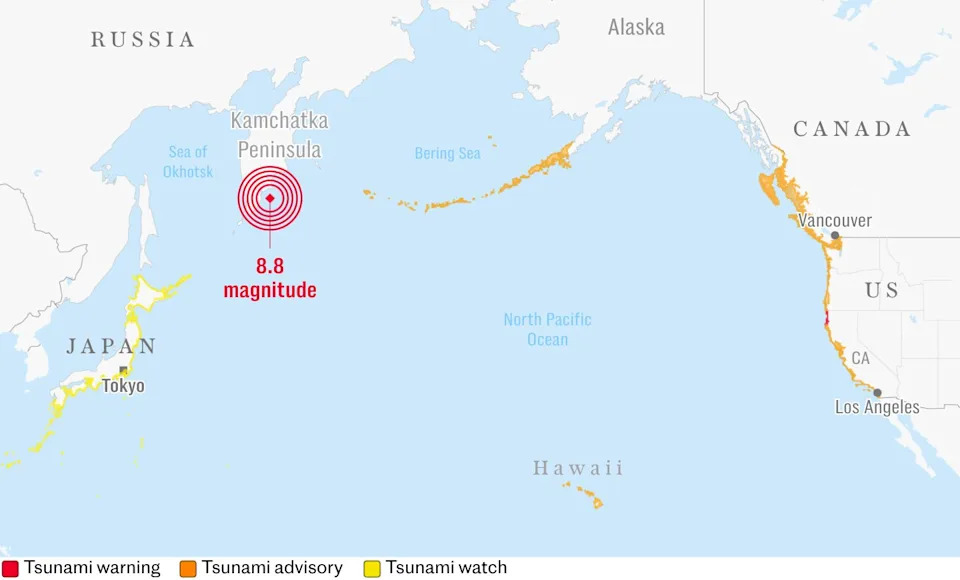
Here the Pacific plate is moving in a roughly north-westerly direction about three inches a year and being forced beneath the Okhotsk plate.
The area has had large earthquakes in the past, including a very large 9.1 earthquake in 1952, not far from the new earthquake.
This earthquake was so powerful because it occurred at a depth of 12.8 miles, which is considered shallow, allowing it to release enormous amounts of energy into the waters above, and creating tsunami waves.
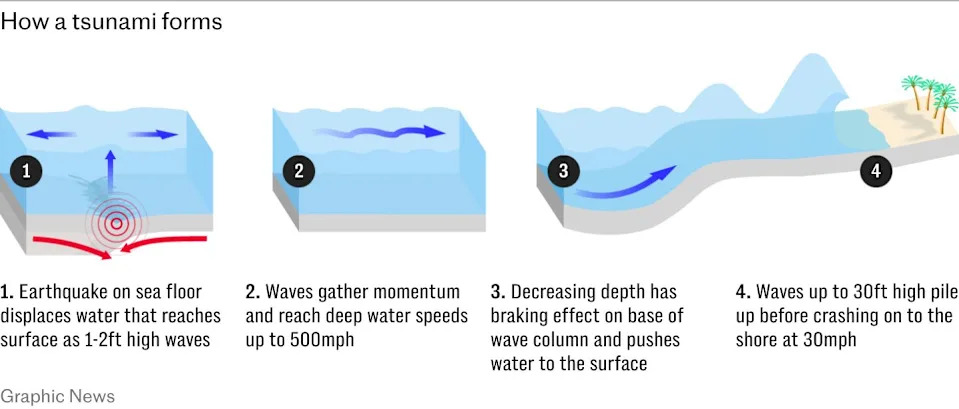
Force 8 earthquakes release energy equivalent to 55 million tonnes of explosives.
Tsunami waves as high as 10-13 feet were reported in Kamchatka, while four feet waves hit Hawaii, and a much smaller 12 inch surge hit a city in Hokkaido, northern Japan. Waves were expected to hit the California coast around 9am.
Dr Stephen Hicks, the NERC independent research fellow and lecturer in environmental seismology at UCL, said: “With such large earthquakes, long-period surface waves will continue travelling around the world for several days, with the planet continuing to resonate and ring like a large bell.”
However it is unlikely to be as devastating as the 2011 Japanese disaster, in which 18,000 people were killed when an earthquake triggered powerful tsunami waves of up to 133ft, and instigated a major nuclear accident at the Fukushima Daiichi power station.
Roughly twenty thousand earthquakes occur every year, but only a small percentage of them are classified as high magnitude.

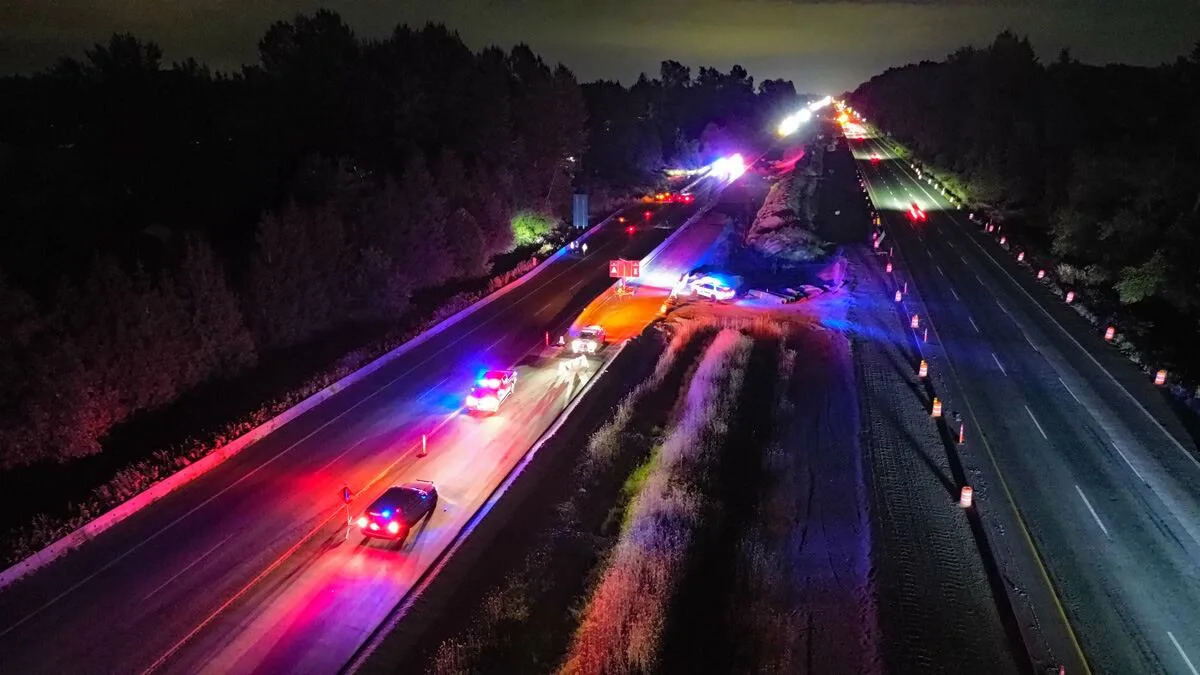

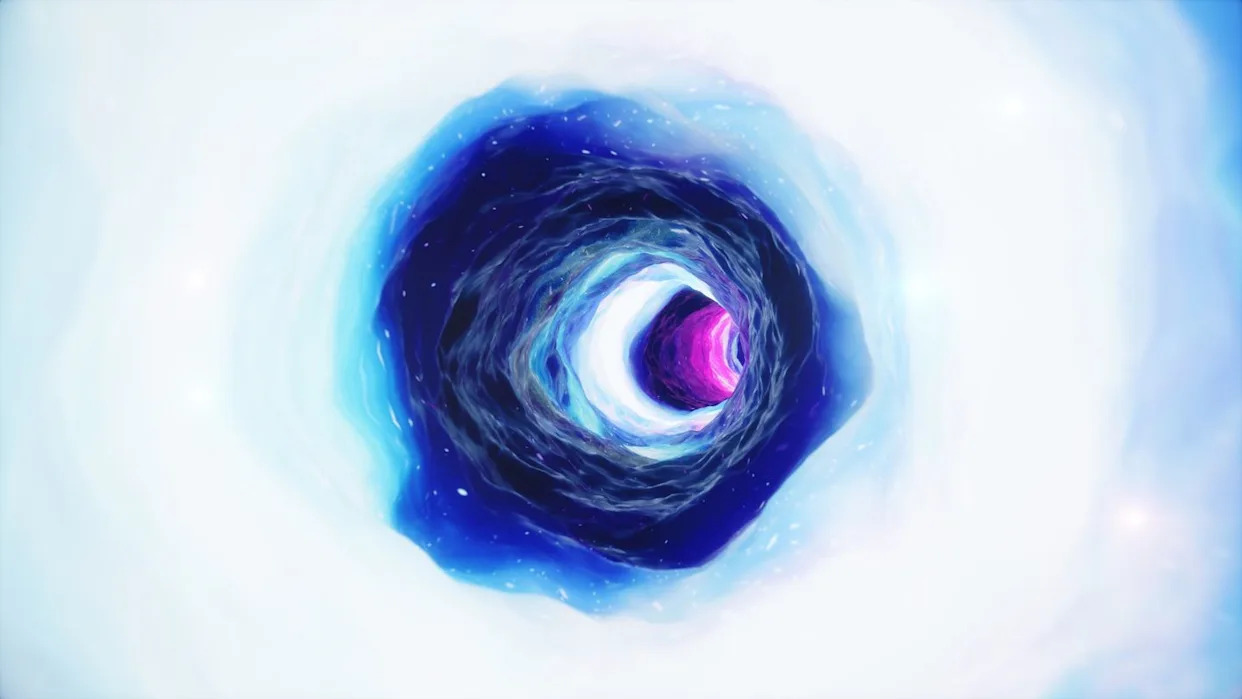
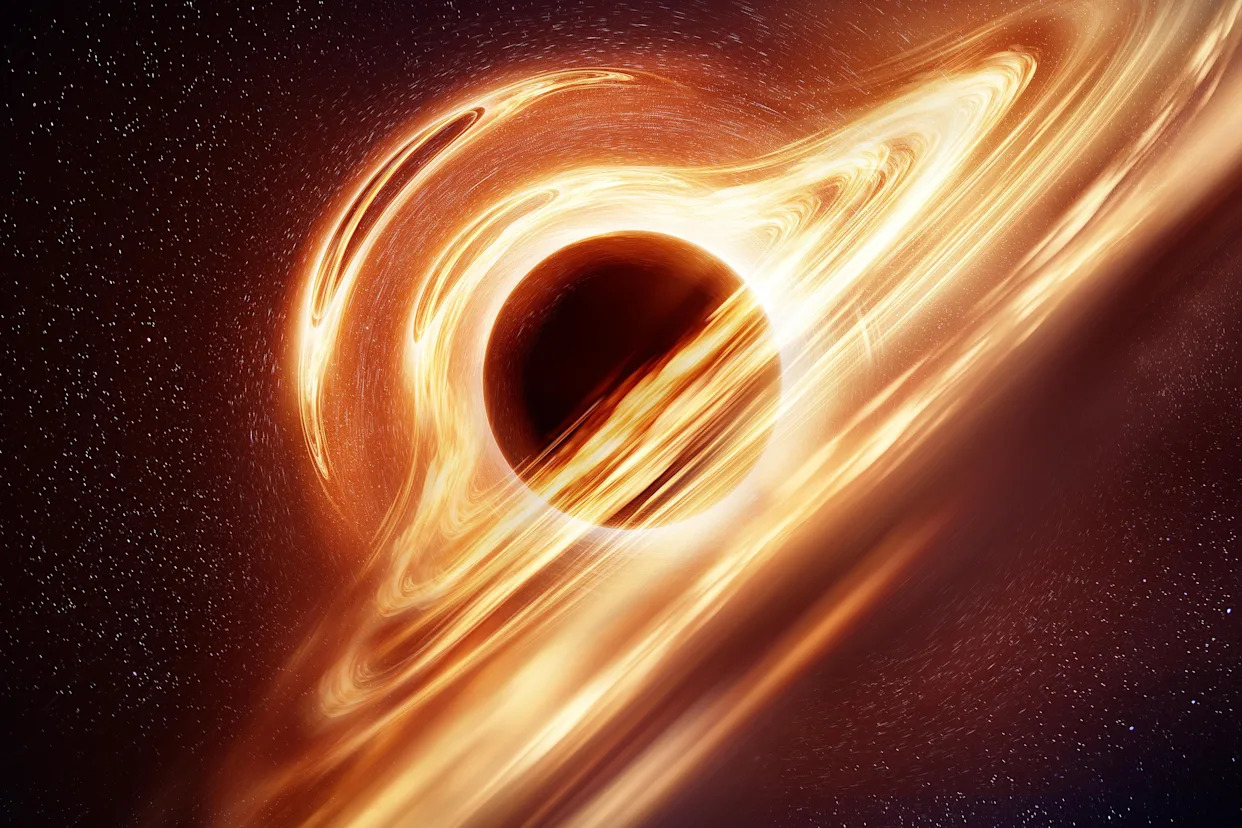


Comments